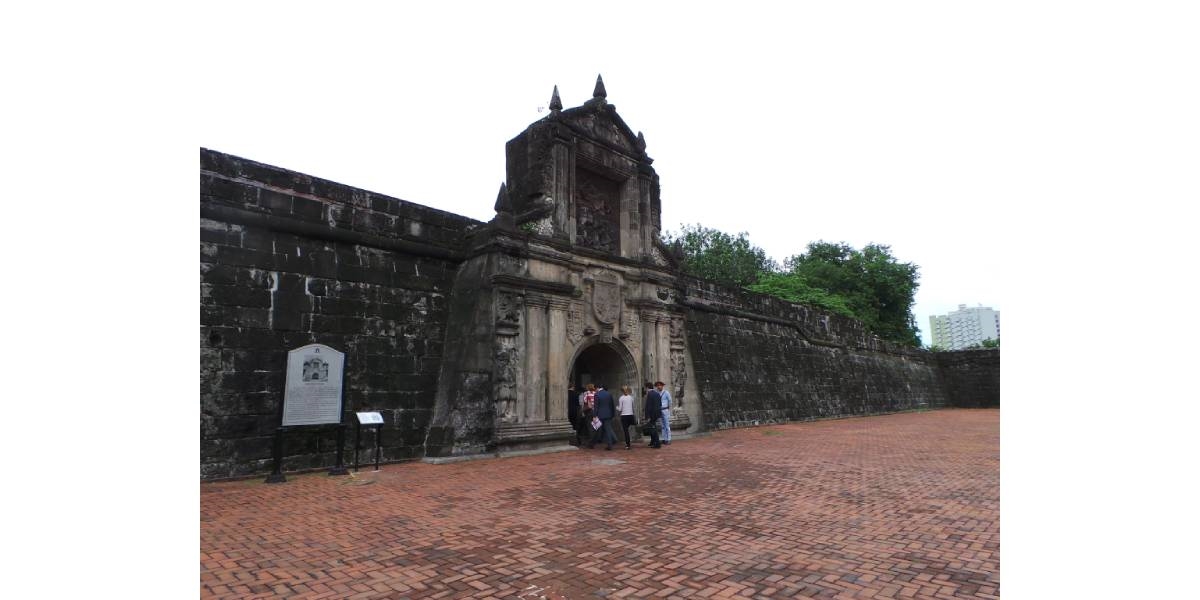Exploring the Historic Fort Santiago in Intramuros
Nestled within the walled city of Intramuros in Manila, Philippines, Fort Santiago stands as a testament to the country’s rich history and colonial past. This iconic fortress, with its storied walls and intriguing past, offers visitors a unique glimpse into the Philippines’ colonial era. Whether you’re a history buff, a curious traveler, or someone looking to explore Manila’s cultural heritage, Fort Santiago is a must-visit destination.
A Brief History of Fort Santiago
Fort Santiago was built by Spanish conquistador Miguel López de Legazpi in 1571. It served as a defense fortress against foreign invaders and pirates during the Spanish colonial period. The fort is named after Saint James the Great, the patron saint of Spain, and has witnessed significant historical events over the centuries. It played a crucial role during the Spanish colonial period, the British occupation, and World War II. The fort’s strategic location along the Pasig River made it a vital military stronghold.
One of the most notable historical figures associated with Fort Santiago is Dr. José Rizal, the Philippines’ national hero. Rizal was imprisoned here before his execution in 1896, and his cell has been preserved as a shrine. Visitors can explore the Rizal Shrine, which houses his memorabilia, writings, and personal belongings, providing insight into his life and contributions to Philippine independence.
What to See and Do at Fort Santiago
When visiting Fort Santiago, there are several key attractions and activities to enjoy. Start your exploration at the main gate, adorned with the iconic image of Saint James on horseback. As you enter, you’ll be greeted by lush gardens and well-preserved ruins that transport you back in time.
The Rizal Shrine is a highlight of the fort, offering a poignant look at the life of José Rizal. The museum displays his works, letters, and even the original manuscript of his novel “Noli Me Tangere.” Walking through the shrine, you’ll gain a deeper understanding of Rizal’s role in the fight for Philippine independence.
Another must-see is the Baluarte de Santa Barbara, a bastion that offers panoramic views of the Pasig River and the surrounding cityscape. It’s a great spot for photography and provides a sense of the fort’s strategic importance. As you explore the fort’s grounds, you’ll also come across dungeons, old cannons, and various historical markers that tell the story of Fort Santiago’s past.
Tips for Visiting Fort Santiago
To make the most of your visit to Fort Santiago, consider these practical tips. First, wear comfortable shoes, as you’ll be doing a fair amount of walking on uneven surfaces. The fort’s grounds are expansive, and you’ll want to explore every corner without discomfort.
Plan your visit during the cooler parts of the day, such as early morning or late afternoon, to avoid the midday heat. The fort is open from 8:00 AM to 6:00 PM, so you have plenty of time to explore at your own pace. Don’t forget to bring a hat, sunscreen, and water to stay hydrated, especially if you’re visiting during the summer months.
Guided tours are available and highly recommended for those interested in a more in-depth understanding of the fort’s history. Knowledgeable guides can provide fascinating insights and anecdotes that you might miss on a self-guided tour. Additionally, check for any special events or exhibitions that might be taking place during your visit, as Fort Santiago often hosts cultural performances and art displays.
